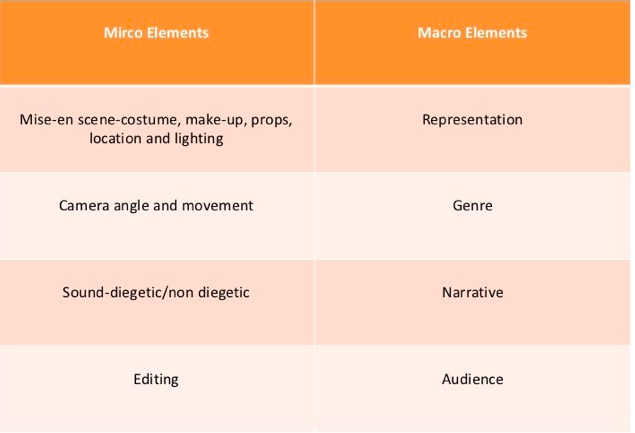Post 38- COMPONENT 01 (EXAM 1) FILM HISTORY SECTION A- TASK 3
Costume In this scene, Don Lockwood is wearing a grey suit and tie with grey trousers and a grey hat. All of these subdued colours amplify the bright colours that everyone is so used to seeing throughout the film. I think this may have been done to show how his clothes contrast to his mood as the whole song is all about how he has suddenly become happier than he ever has been before. The shoes in which he is wearing allow him to tap dance in the rain, he is wearing the appropriate footwear in order to dance properly. As well as this, the scene begins with him and Kathy, Kathy is wearing a raincoat and rain hat, this is showing the weather conditions as well as adding a hint of colour to the scene as her raincoat is bright yellow. All of the other characters in the scene are in raincoats which makes Don stand out as being different as he is the only one without one. The policeman who comes up to Don is identifiable by his costume, we know it is a policeman as soon as he comes up to ...

